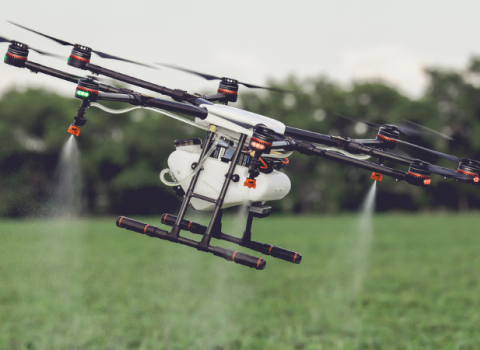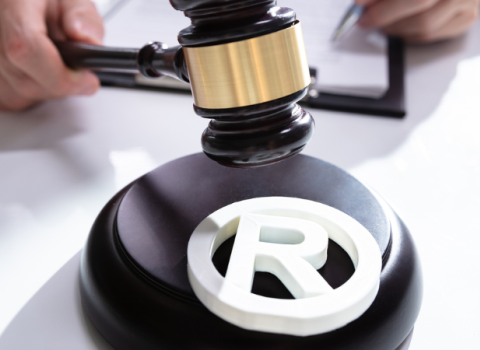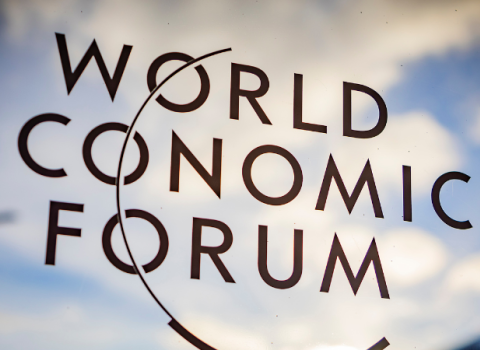The US has stretched its lead as the top applicant for new patents in Europe following a stellar 2015, the latest figures from the European Patent Office (EPO) say.
Last year more than a quarter of all new applications with the EPO were filed by US companies. It represents an unprecedented surge, said EPO President Benoît Battistelli, who presented the results in Brussels.
“Usually the increase in applications from the US is 3 or 4 per cent. Last year it was 16.4 per cent,” said Battistelli.
Overall, the number of filed applications from the US in 2015 was 42,692, which was 17,872 more than the next biggest filer, Germany.
“It shows the strength of the US economy. Clearly the US companies are leading in high-tech [fields],” Battistelli added.
The EPO’s annual report, published today, shows that the number of European patent applications rose to a record 160,022 last year, an increase of almost 5 per cent on 2014, fuelled mainly by companies from the US and China.
“The remarkable growth in patent applications at the EPO proves that Europe continues to be a hub for innovators from all over the world, and an attractive technology market,” said Battistelli.
A little under half of new patent applications in Europe last year came from just four countries, the US, Japan, China and Korea.
Applications from Europe grew modestly overall, with marked differences among the larger economies.
Patent activity increased by 9 per cent in Italy, reversing the negative trend of the past four years, and Spain, which was up 3.8 per cent over the previous year. There was also a big leap in applications from European states such as Czech Republic, Portugal and Poland, but these countries are starting from a low level.
France grew moderately, while Finland and Denmark filed fewer applications.
Germany dropped for the second year in a row. “We know some big German companies [consider] it more important to protect their inventions in China,” said Battistelli. “They protect in Germany too, but not in the whole of Europe.”
In terms of the number of applications filed with the EPO relative to the population of a country, figures say the Swiss are the most inventive in Europe, followed by the Netherlands and Sweden.
Elsewhere, growth from South Korea was moderate and applications from Japanese companies fell slightly.
Philips back on top
Dutch electronics giant Philips moved back into the top spot in the list of companies with the most patent applications at the EPO in 2015, filing 2,402 requests and overtaking Korea’s Samsung. The company was responsible for one third of all patent applications by Dutch companies and ranked top of the class in three of the ten EPO fields of technology, 'medical technology', 'electrical machinery, apparatus, energy' and 'measurement.'
In fact, electronic companies dominated the year again. Samsung, the world’s largest smartphone maker, came in second, and LG, Huawei and Siemens made up the remaining top five spots.
Overall, the top 10 was made up of four companies from Europe, three from the US, two from Korea and one from China. “It’s a bit surprising not to see Japanese groups in the top 10, but there’s four or five in the top 20,” noted Battistelli.
According to the EPO President, it’s more expensive to patent with the EPO than any other patent office in the world, so it is little surprise that 69 per cent of last year’s activity came from large companies. Overall, 26 per cent of applications were made by small and medium-sized companies while only 5 per cent came from universities.
Success rates
Applications are only one part of the story. In 2015, EPO rubber-stamped 68,400 patents, with most approvals going to US companies, followed by applicants from Germany, Japan, France and Switzerland. Overall, a little more than half of these granted patents went to European countries.
The grant figures for 2015 are based on filings made in 2011. On average, it takes three to four years between filing a patent request and a decision on whether to grant patent protection. Granting rates are typically low, with over half of filings received by the EPO turned away.
‘Brexit’ roadblock for European Unitary Patent
Meanwhile, a new legal system to administer the European unitary patent still has to be legislated for in five countries, including Germany and the UK, said Battistelli. The UK’s decision on the new system will be held up by the upcoming in-out referendum on EU membership scheduled for 23 June. “The ratification of the patent will be suspended until after the referendum,” Battistelli confirmed.
The long-gestating unitary patent was due to take effect at the start of 2015, but after more than four decades of effort and three years since the legislation was voted through in December 2012, it has been a struggle to get the package to fly.
In an interview with Science|Business last year, Battistelli predicted the new court would be up and running in 2016. But today he said, “To be frank, it’s less and less likely that we will deliver the first unitary patent in 2016. Early 2017 is the best scenario.”
Currently patents granted by the EPO must be registered and enforced at a national level. In future there will be a choice: either register the patent country-by-country like now, or register it as a unitary patent, providing protection across the 25 countries signed up to take part.
Issues surrounding renewal fees and how they are distributed between national intellectual property offices and the EPO, and other budgetary and financial rules, are completed. “Technically, operationally, legally, we are ready. If it was possible politically, I would deliver the first unitary patent tomorrow,” said Battistelli.





 A unique international forum for public research organisations and companies to connect their external engagement with strategic interests around their R&D system.
A unique international forum for public research organisations and companies to connect their external engagement with strategic interests around their R&D system.